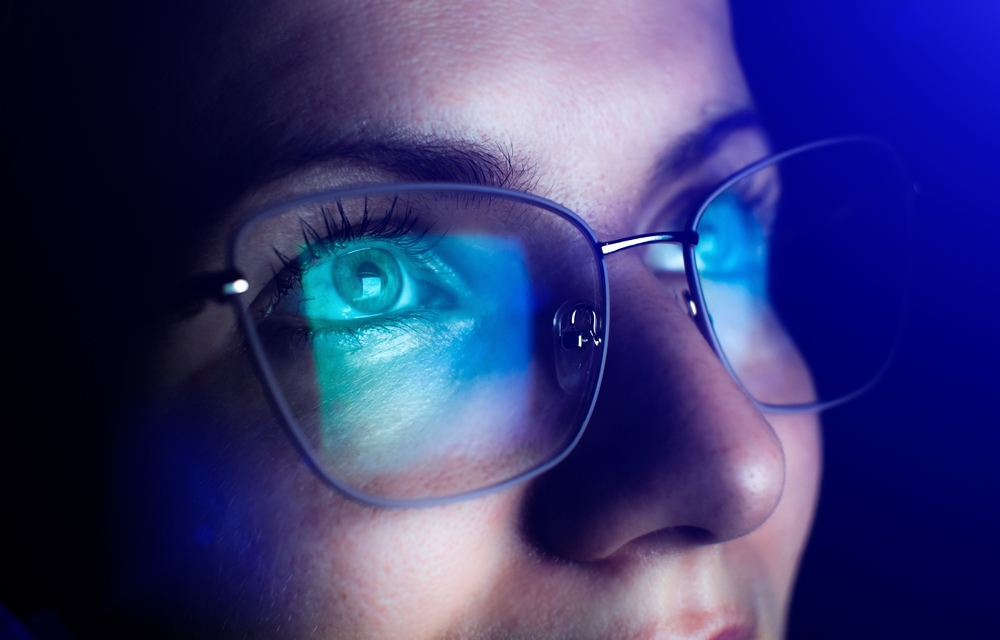
In today's digital age, we are constantly surrounded by screens emitting blue light. Blue light is a high-energy visible light with a short wavelength that is part of the visible light spectrum. While blue light is naturally present in sunlight and plays an essential role in regulating our sleep-wake cycle, excessive exposure to artificial sources of blue light can have adverse effects on our eye health.
Sources of Blue Light
The primary source of blue light is the sun. Sunlight contains a spectrum of colors, and blue light is one of the colors with the highest energy. However, with the increasing use of electronic devices, we are exposed to additional sources of blue light. Smartphones, tablets, computers, and televisions all emit blue light. With the prevalence of these sources in our daily lives, our exposure to blue light has significantly increased.
How Blue Light Affects Eye Health
Prolonged exposure to blue light can have several effects on our eye health. One of the most common issues is the development of Computer Vision Syndrome (CVS). CVS refers to a group of eye and vision-related problems that occur due to prolonged screen time.
Symptoms of CVS include eyestrain, blurred vision, dry eyes, headaches, and neck and shoulder pain. The blue light emitted by electronic devices can cause eye fatigue, as it scatters more easily and reduces contrast, making it harder for the eyes to focus. Additionally, exposure to blue light at night can disrupt our sleep patterns and negatively impact our overall well-being.
Risks and Concerns Associated with Blue Light Exposure
Other of the risks and concerns associated with blue light exposure include:
- Potential Retinal Damage: Some studies suggest that prolonged exposure to high-energy visible (HEV) blue light may contribute to retinal damage over time. This has raised concerns about the long-term impact of blue light on retinal health.
- Increased Risk of Macular Degeneration: There is growing research indicating that chronic exposure to blue light may be associated with an increased risk of age-related macular degeneration, a leading cause of vision loss in older adults.
Tips for Reducing Blue Light Exposure
There are steps we can take to minimize our exposure to blue light and protect our eyes. One of the simplest ways is to limit screen time, especially before bedtime. Investing in blue light-blocking glasses or screen protectors can help filter out the harmful rays.
It is also essential to ensure proper lighting in our environment, using warm-toned bulbs instead of cool-toned ones. Lastly, taking regular breaks from screens, practicing the 20-20-20 rule (looking at something 20 feet away for 20 seconds every 20 minutes), and maintaining good posture while using electronic devices can alleviate eye strain.
Maintaining Your Eye Health in the Digital Age
The widespread use of electronic devices and artificial lighting has significantly increased our exposure to blue light, leading to concerns about its impact on our eyes. Computer Vision Syndrome, with symptoms like eyestrain, blurred vision, and headaches, is a common consequence of prolonged screen time. By implementing simple strategies like limiting screen time, using blue light-blocking technology, and maintaining proper lighting, we can reduce our exposure to blue light and safeguard our eye health for years to come.
For further guidance on how to protect your eyes from the harmful effects of blue light, visit The Center for Eye Care and Optical at our office in West Islip, New York, or call (631) 825-7725 to schedule an appointment today.










